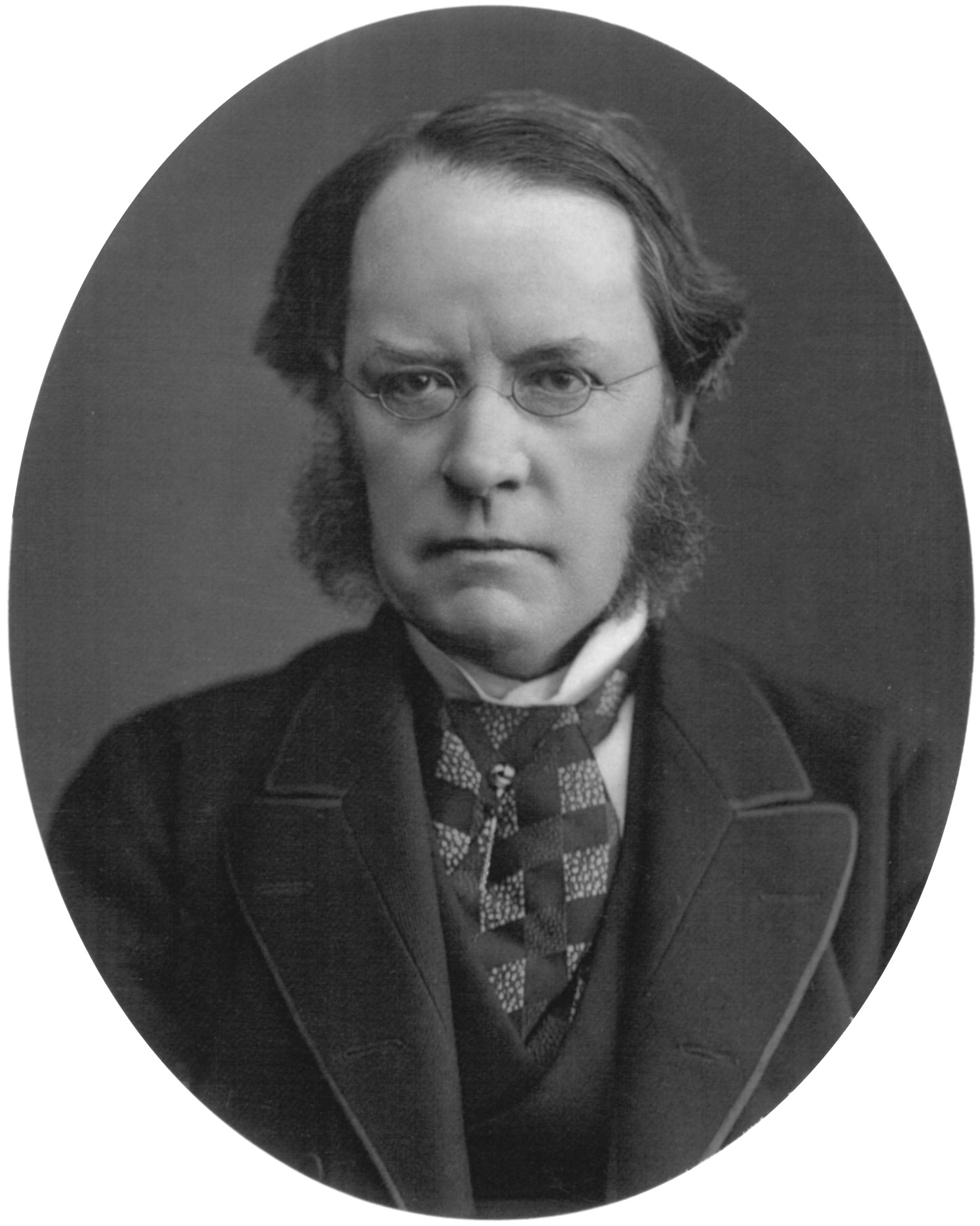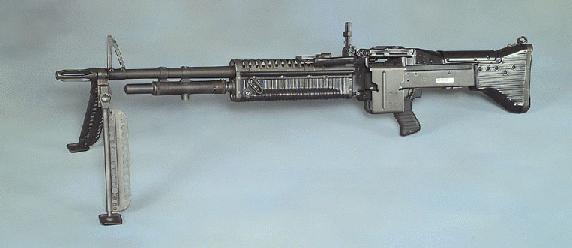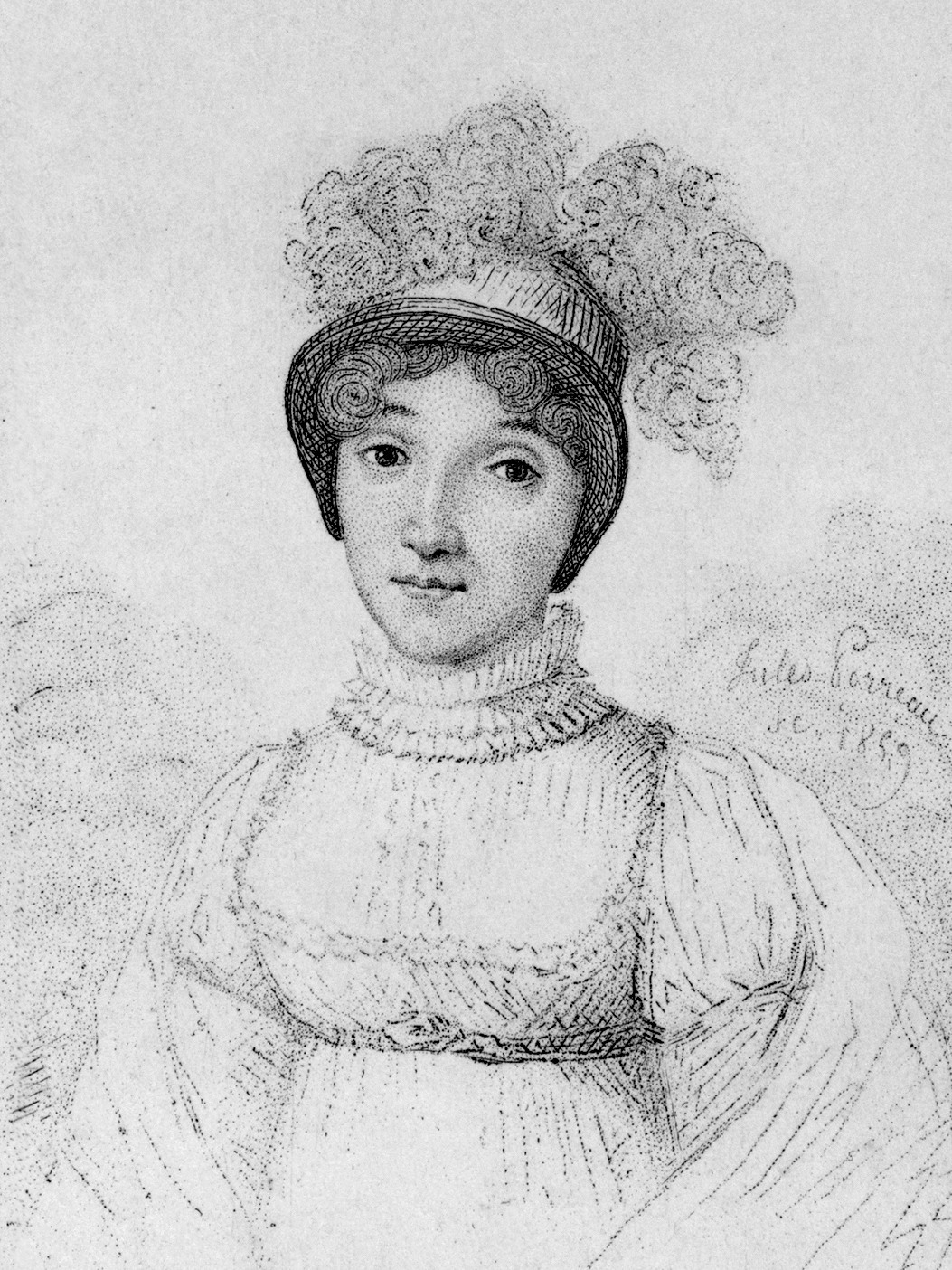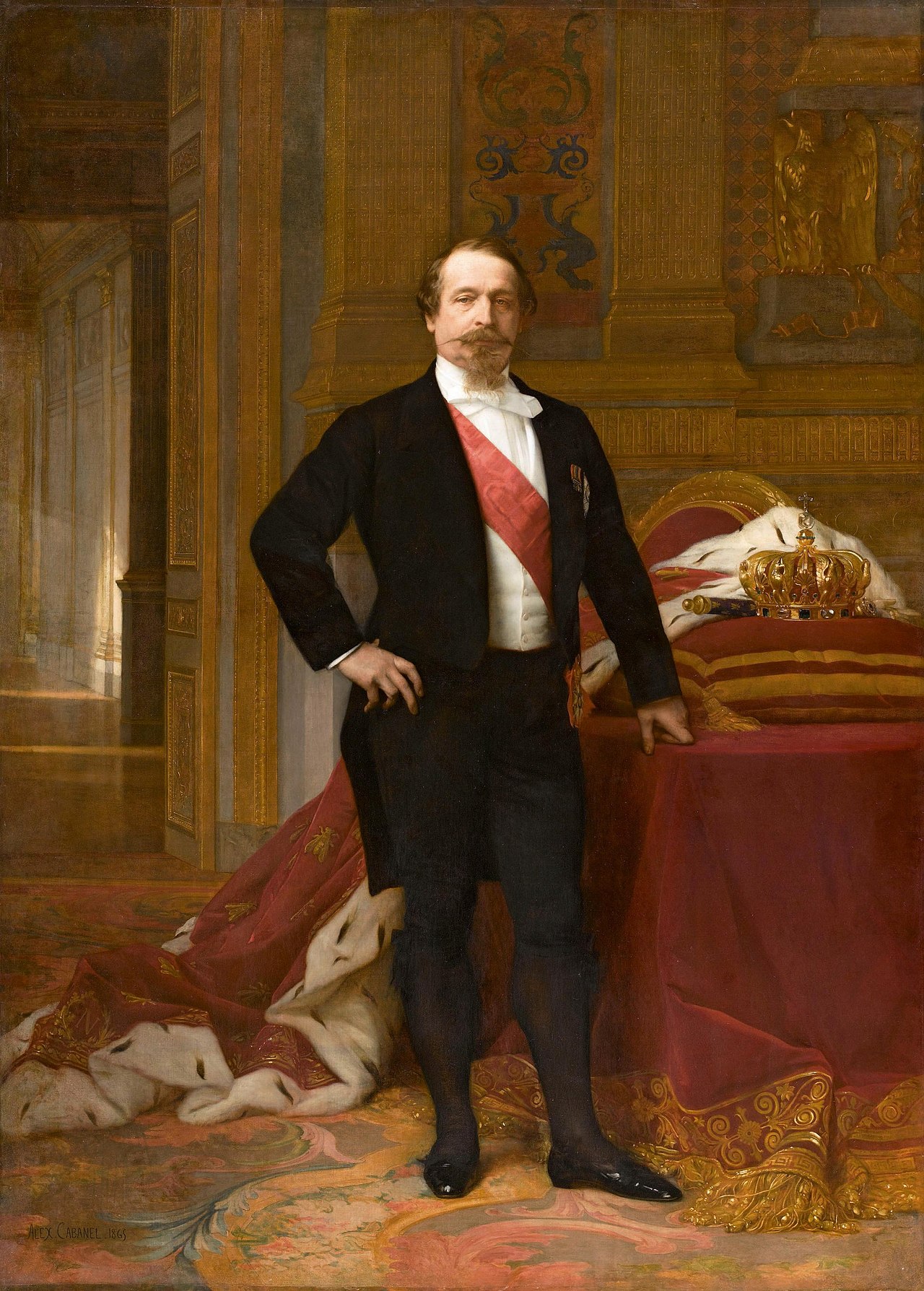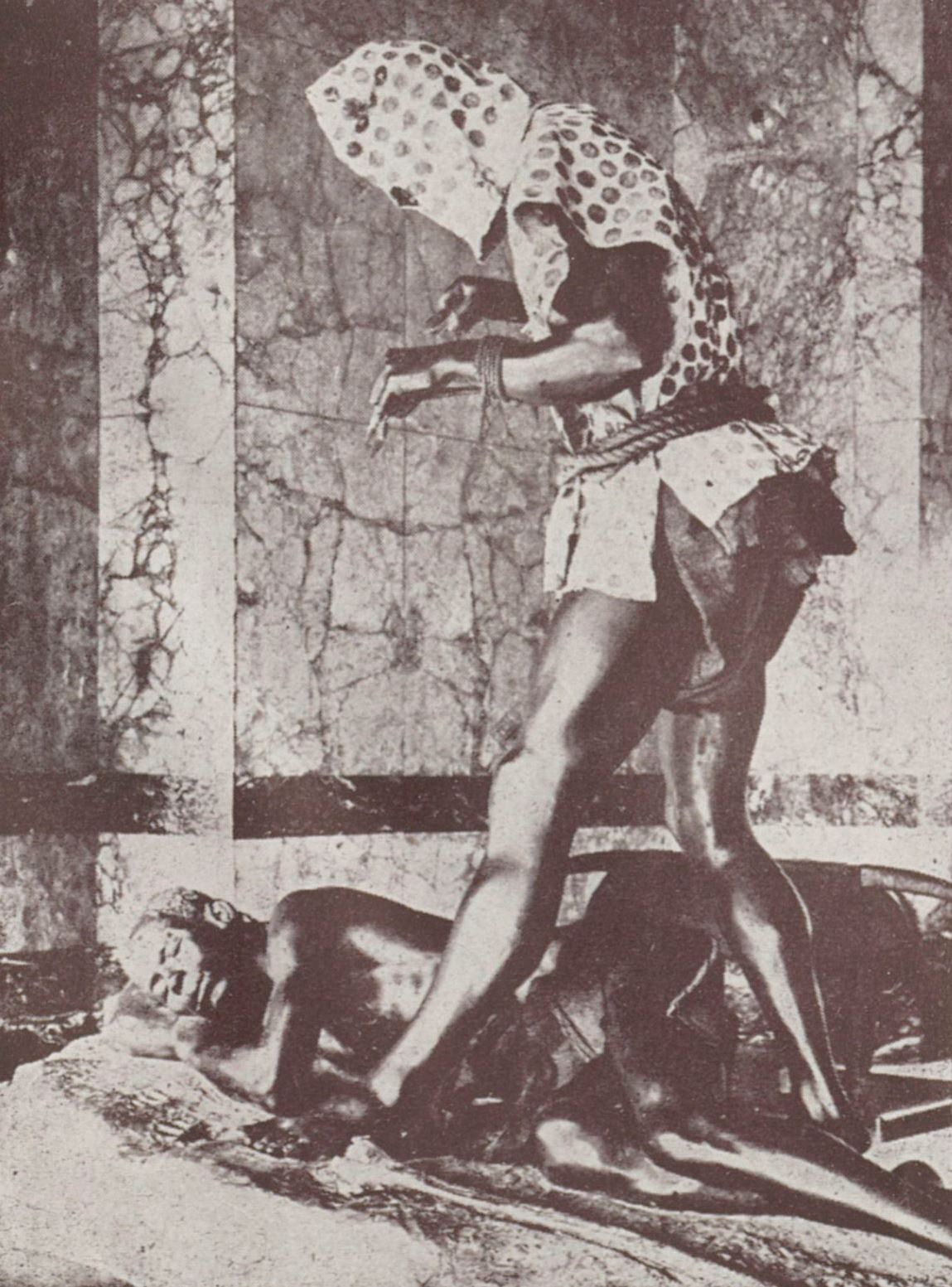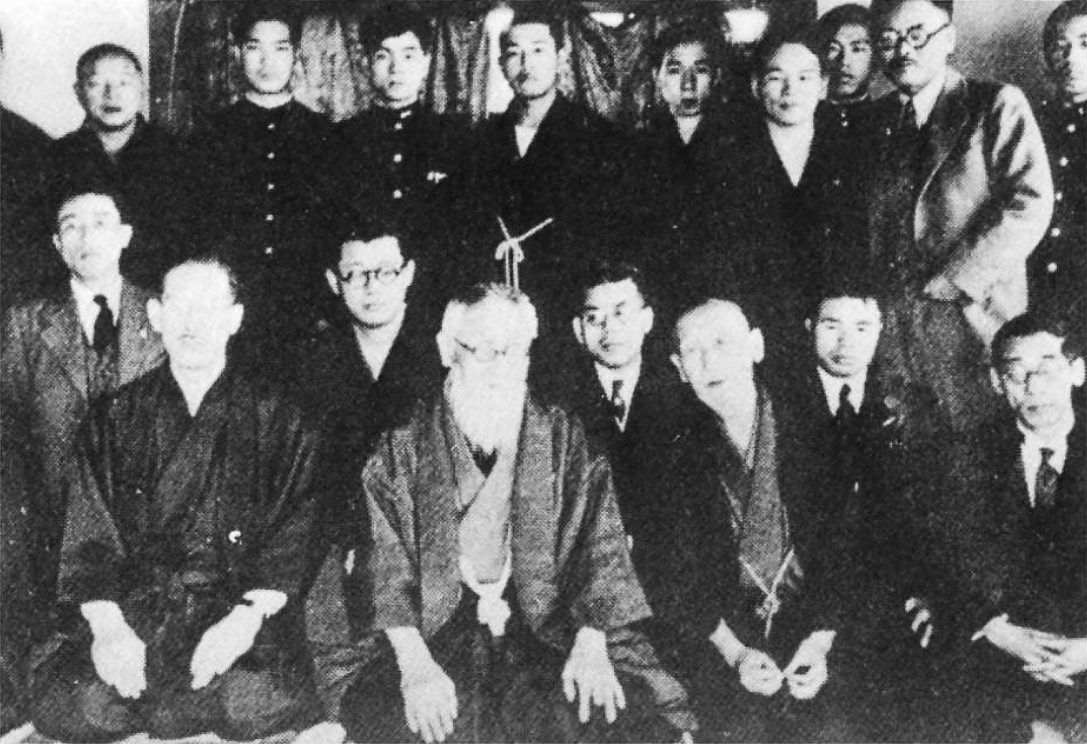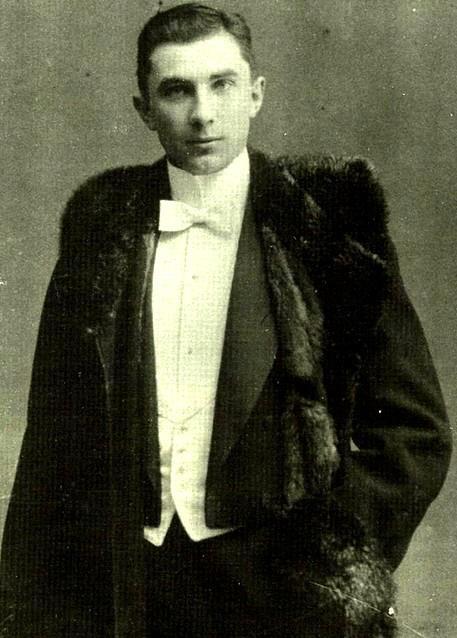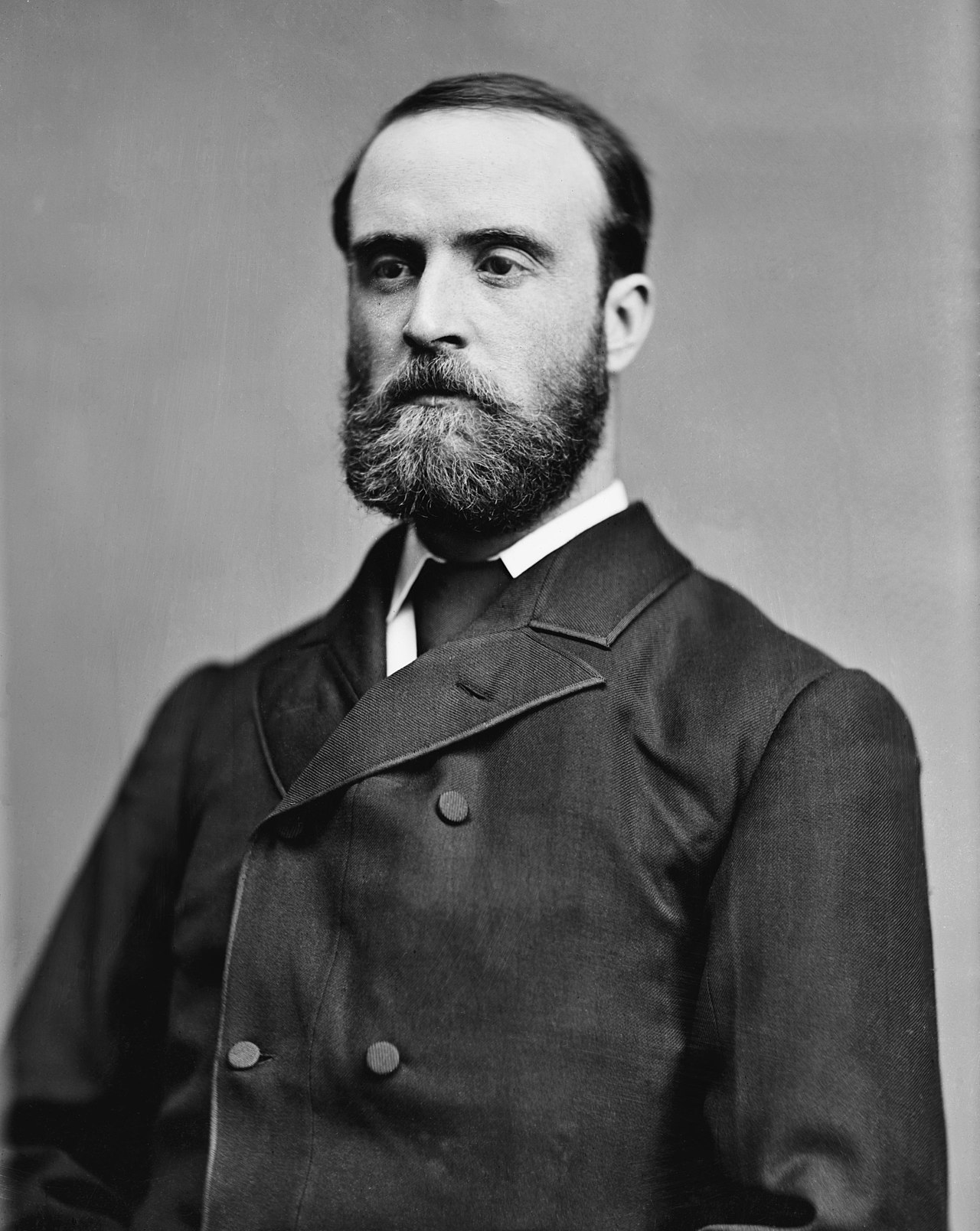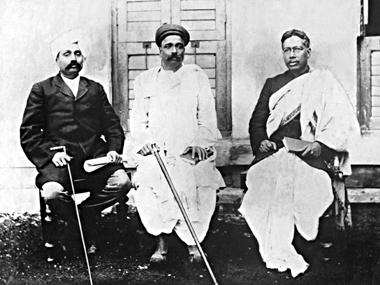The Populist return to power after thirty years wandering in the wilderness had a fairly modest effect on the day to day operations of the Reserve and the broader bureaucratic ecosystem, at least under Earl Long. Long got on fairly well with Groves, keeping him on in recognition for his immeasurable contributions since the Second Clash of Civilizations. The new president made a point of directing a greater share of the agency's budget to its agricultural research as a commitment to his rural (small-p) populist sympathies, but the relationship between the Reserve and the administration was broadly cordial. The 1954 assassination of Long would throw all that out the window, with Gerald L.K. Smith eager to seize on his unexpected elevation to the presidency as the perfect vehicle in his ultimately ill-fated bid to reshape the organs of state power in his image. And for that to happen Groves would have to go.

-Although they shared several priorities for the future of the Reserve, Sidney Gottlieb had a notoriously poor personal relationship with the second President Smith owing to the latter's volcanic antisemitism. The selection of Gottlieb as Chief in 1955 had ultimately come down to Joseph McCarthy, who as the Populist Senate Majority Leader had flatly told the president that it was down to Gottlieb or Groves.
Sidney Gottlieb had made a name for himself in the Reserve's chemical weapons projects but by the time he inherited the big chair he had come around to a new position— rather than focus on poisoning armies he would instead focus on individuals. That's right folks, all the same mind control experiments we had to deal with from the CIA. He had successfully sold the president on the possibility of reprogramming otherwise unremarkable individuals into unwitting assassins and covert agents and to better secure his power base within the agency he would decide against pursuing these... ethically dubious... projects through the traditional chemical warfare silo, instead electing to expand the focus of a little-known division of the agency codenamed CHARON.
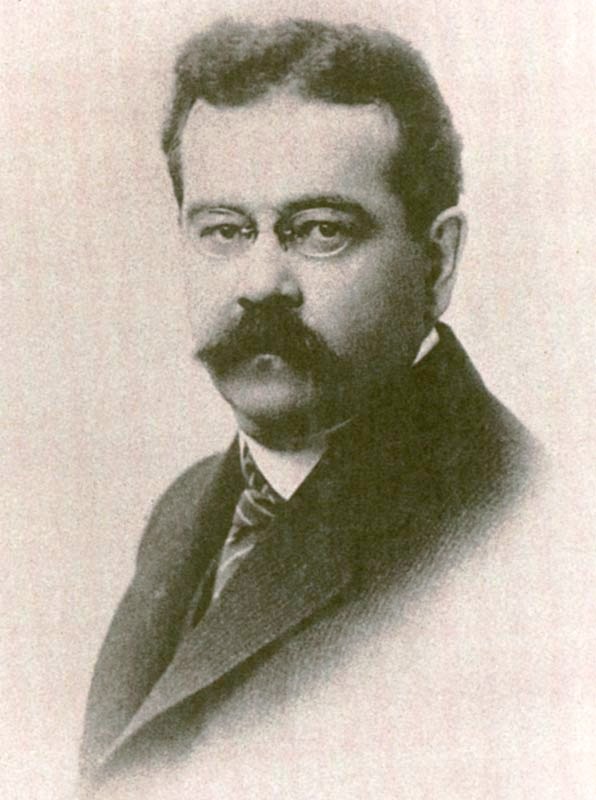
-By the time of his death in 1932, Charles Fort, author, investigator, "Prophet of the Unexplained", had spent nearly thirty years studying anomalous phenomena. "Fortean" has evolved into an official term of art within CHARON to describe their purview.
While every other portion of the Reserve had been either a preexisting government or military agency or had been created from whole cloth after the founding of the Reserve CHARON was different, having begun life in 1931 as the Fortean Society, a public nonprofit organization. Formed by acolytes of paranormal investigator Charles Fort, the organization would be brought to Lovecraft's attention by Harry Houdini, former stage magician and long time covert operative for the American government* during the Winthrop years. Although himself an arch-materialist, Lovecraft was well aware that science was an evolving organism and that the unexplained of today could simply be science we understand tomorrow rather than any sort of supernatural claptrap. He would consult with the leadership of the Society during his presidency and would ultimately suggest that they come into the fold to continue their work under the aegis of the US government.
Aside from its origins, CHARON under Groves would also operate differently than the more conventional silos, serving as something closer to a purely investigative organization in the vein of the NIB rather than actually pioneering discoveries and building things directly as the others did. Tasked under Groves with merely investigating anomalous events and meticulously recording them for the benefit of future Reserve researchers, some within the group leapt at Gottlieb's directive that CHARON take a more direct approach in "expanding human consciousness and exploring the limits of the universe".
Aside from a gauntlet of projects using a variety of hallucinogens and other agents to alter human behavior CHARON would also conduct firsthand experiments in parapsychology, exploring areas like mental telepathy and remote viewing. Although the group would revert back to its purely investigative role after Gottlieb's eventual fall from grace disclosures of some of CHARON's work during the period have captured the public imagination, inspiring wild conspiracy theories** that the group is still acting in its prior role and committing large-scale human experimentation on American citizens, possibly on behalf of aliens. Notably Steve Ditko would reveal under interrogation that he firmly believed Hunter S. Thompson and his Freak Power movement to be a catspaw for the group.
*Lovecraft ghostwrote for Houdini in real life and the latter had not only a prominent career debunking supernatural phenomena but also a long shadowy history with American spycraft around the WWI period. It was too weird a set of connections not to include so I've butterflied his death, though he's long retired by the time the Reserve is actually founded.
**Roughly equivalent to stuff like the Men in Black and Majestic-12 conspiracy theories.

-Although they shared several priorities for the future of the Reserve, Sidney Gottlieb had a notoriously poor personal relationship with the second President Smith owing to the latter's volcanic antisemitism. The selection of Gottlieb as Chief in 1955 had ultimately come down to Joseph McCarthy, who as the Populist Senate Majority Leader had flatly told the president that it was down to Gottlieb or Groves.
Sidney Gottlieb had made a name for himself in the Reserve's chemical weapons projects but by the time he inherited the big chair he had come around to a new position— rather than focus on poisoning armies he would instead focus on individuals. That's right folks, all the same mind control experiments we had to deal with from the CIA. He had successfully sold the president on the possibility of reprogramming otherwise unremarkable individuals into unwitting assassins and covert agents and to better secure his power base within the agency he would decide against pursuing these... ethically dubious... projects through the traditional chemical warfare silo, instead electing to expand the focus of a little-known division of the agency codenamed CHARON.

-By the time of his death in 1932, Charles Fort, author, investigator, "Prophet of the Unexplained", had spent nearly thirty years studying anomalous phenomena. "Fortean" has evolved into an official term of art within CHARON to describe their purview.
While every other portion of the Reserve had been either a preexisting government or military agency or had been created from whole cloth after the founding of the Reserve CHARON was different, having begun life in 1931 as the Fortean Society, a public nonprofit organization. Formed by acolytes of paranormal investigator Charles Fort, the organization would be brought to Lovecraft's attention by Harry Houdini, former stage magician and long time covert operative for the American government* during the Winthrop years. Although himself an arch-materialist, Lovecraft was well aware that science was an evolving organism and that the unexplained of today could simply be science we understand tomorrow rather than any sort of supernatural claptrap. He would consult with the leadership of the Society during his presidency and would ultimately suggest that they come into the fold to continue their work under the aegis of the US government.
Aside from its origins, CHARON under Groves would also operate differently than the more conventional silos, serving as something closer to a purely investigative organization in the vein of the NIB rather than actually pioneering discoveries and building things directly as the others did. Tasked under Groves with merely investigating anomalous events and meticulously recording them for the benefit of future Reserve researchers, some within the group leapt at Gottlieb's directive that CHARON take a more direct approach in "expanding human consciousness and exploring the limits of the universe".
Aside from a gauntlet of projects using a variety of hallucinogens and other agents to alter human behavior CHARON would also conduct firsthand experiments in parapsychology, exploring areas like mental telepathy and remote viewing. Although the group would revert back to its purely investigative role after Gottlieb's eventual fall from grace disclosures of some of CHARON's work during the period have captured the public imagination, inspiring wild conspiracy theories** that the group is still acting in its prior role and committing large-scale human experimentation on American citizens, possibly on behalf of aliens. Notably Steve Ditko would reveal under interrogation that he firmly believed Hunter S. Thompson and his Freak Power movement to be a catspaw for the group.
*Lovecraft ghostwrote for Houdini in real life and the latter had not only a prominent career debunking supernatural phenomena but also a long shadowy history with American spycraft around the WWI period. It was too weird a set of connections not to include so I've butterflied his death, though he's long retired by the time the Reserve is actually founded.
**Roughly equivalent to stuff like the Men in Black and Majestic-12 conspiracy theories.
Last edited:


